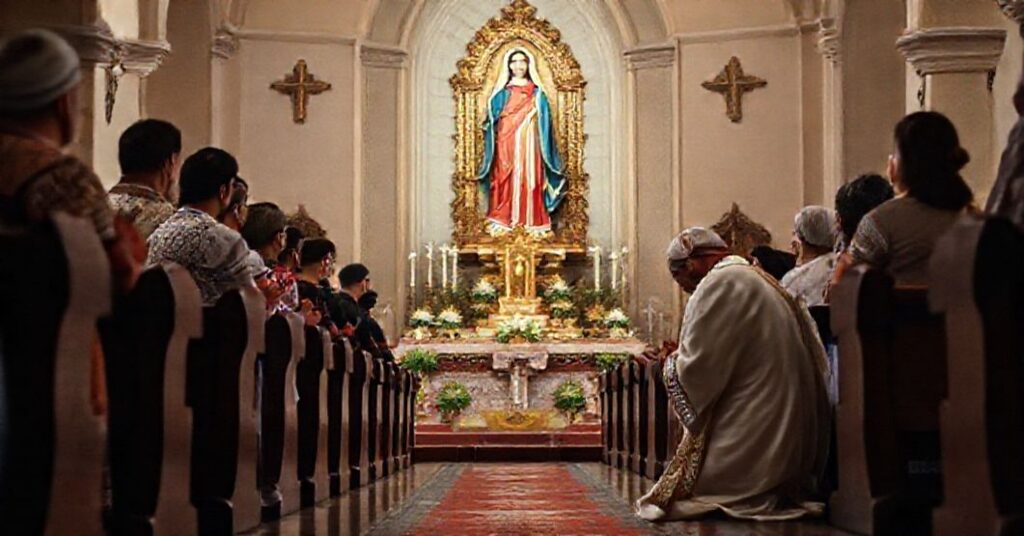The document “Merito Praedicatur,” dated 1 July 1960 and signed by John XXIII, is a short Latin act conferring the title and privileges of a Minor Basilica on the cathedral church of Cesena. It praises the church’s historical, architectural, and devotional qualities, recalls its consecration by Cardinal Orsini (later Benedict XIII), notes that Pius VI and Pius VII were baptized there, and, “out of certain knowledge and Apostolic authority,” elevates the cathedral to the rank of Basilica Minor, granting the usual rights and privileges, with standard clauses of perpetual validity and nullity of any contrary attempt. This apparently pious and purely ceremonial text is in fact a juridical mask: a banal, horizontalistic glorification of stone and local sentiment, issued by an usurper at the dawn of the conciliar revolution, revealing in miniature the substitution of the true Roman authority by an adulterated, paramasonic structure that dares to legislate in the Church while already preparing her doctrinal demolition.










